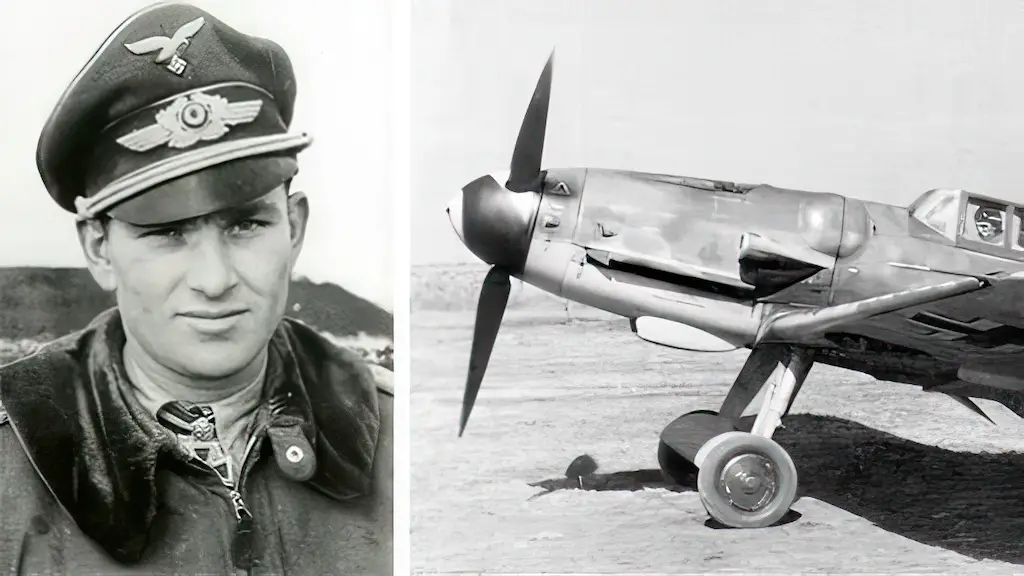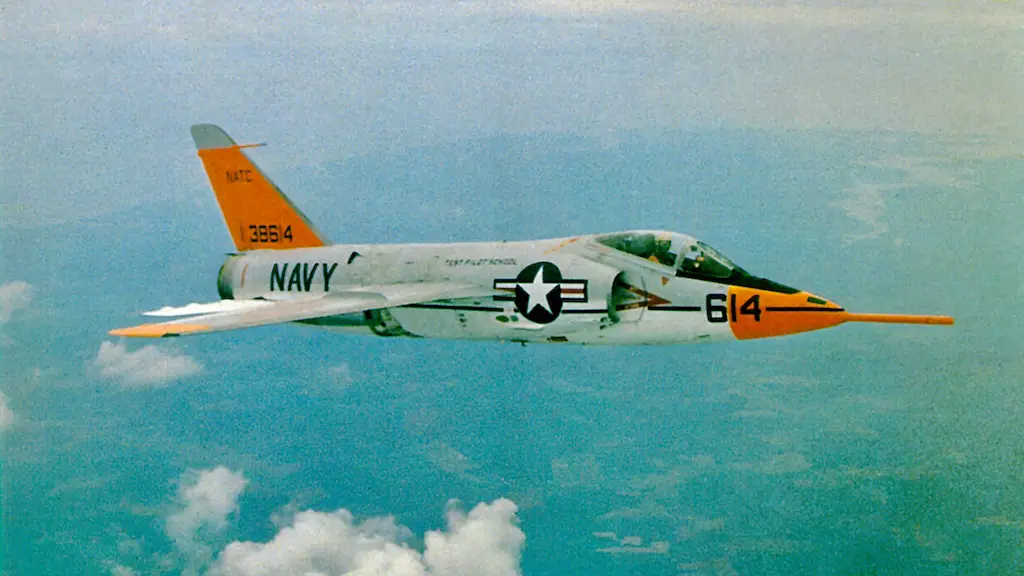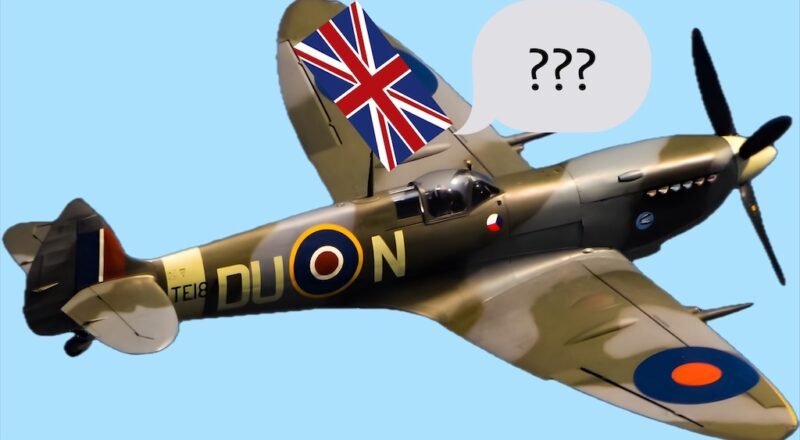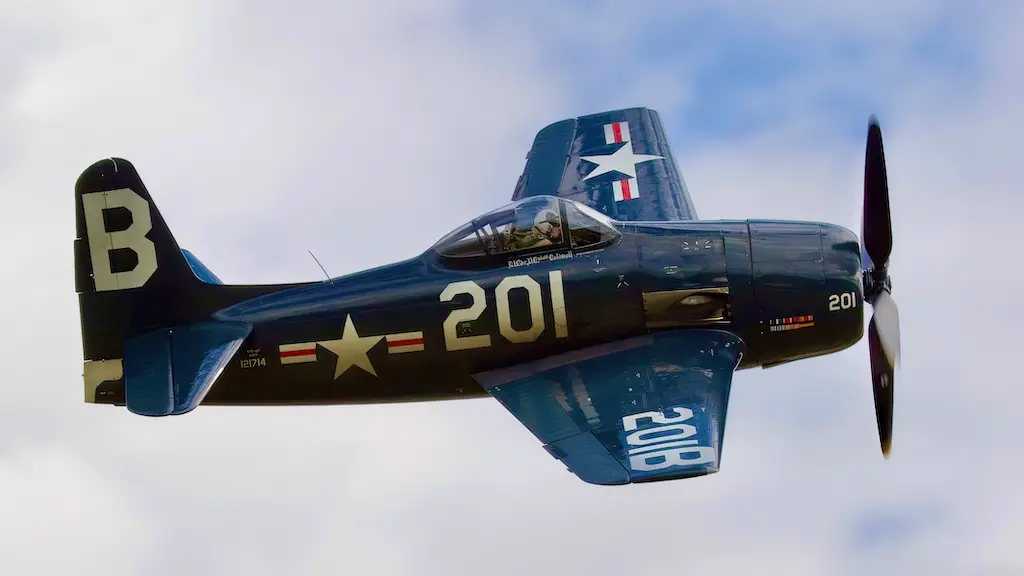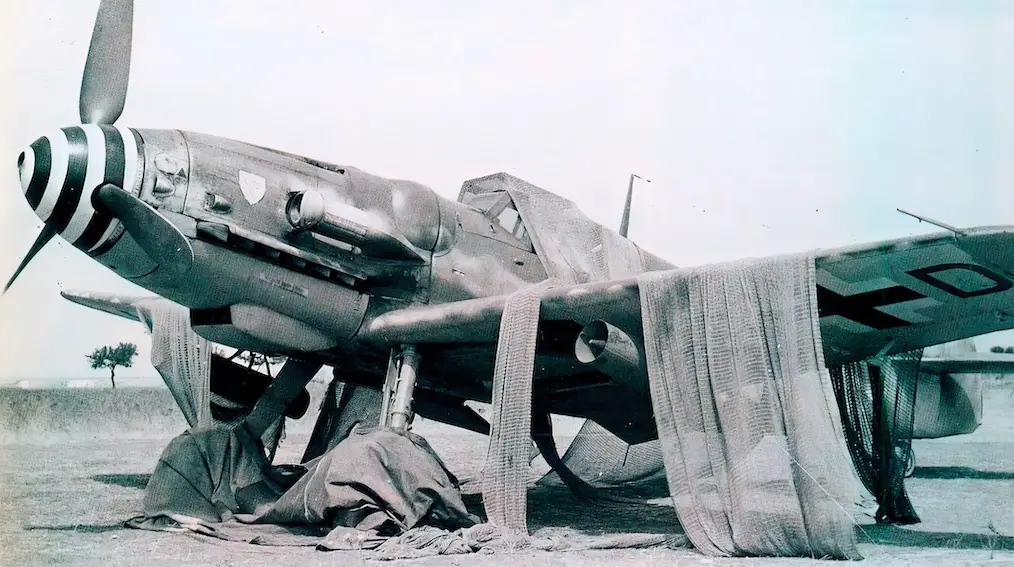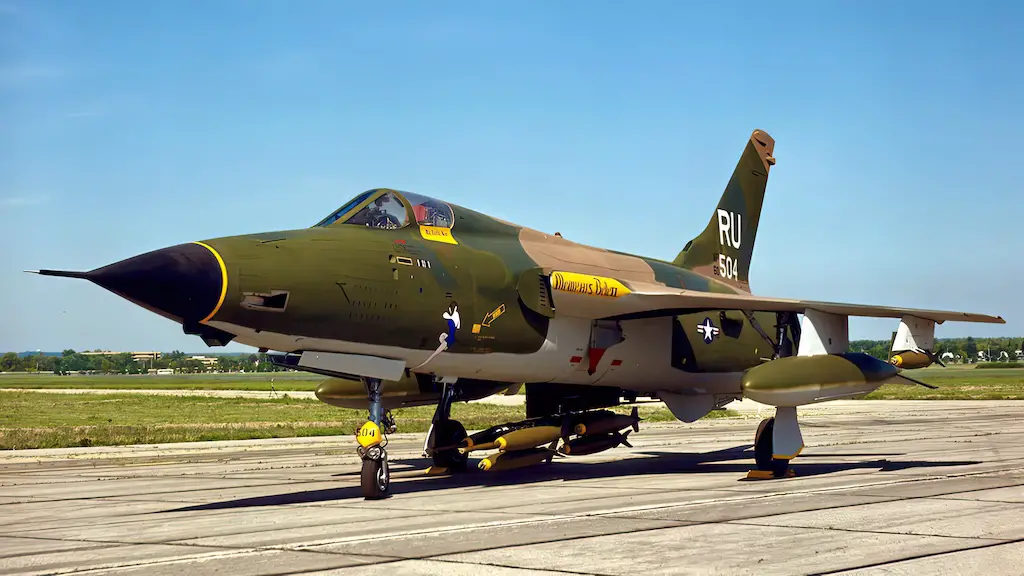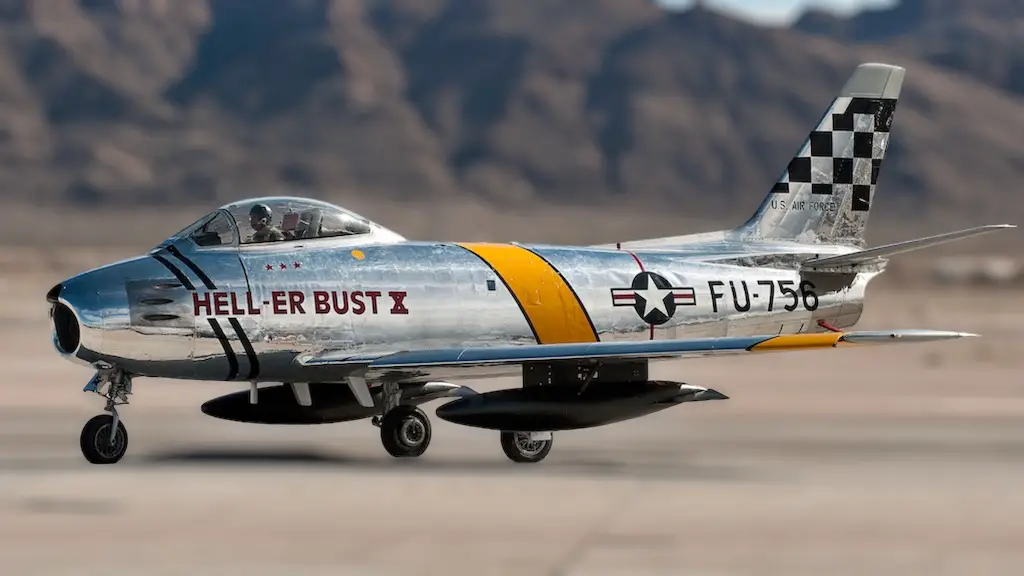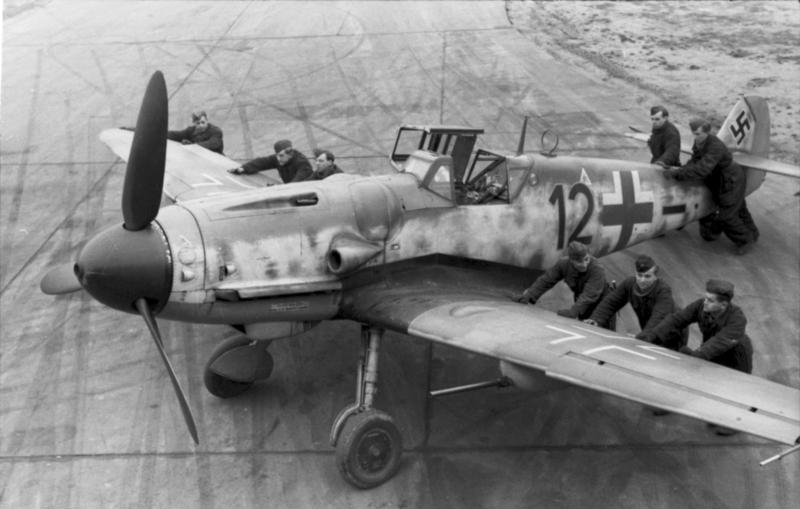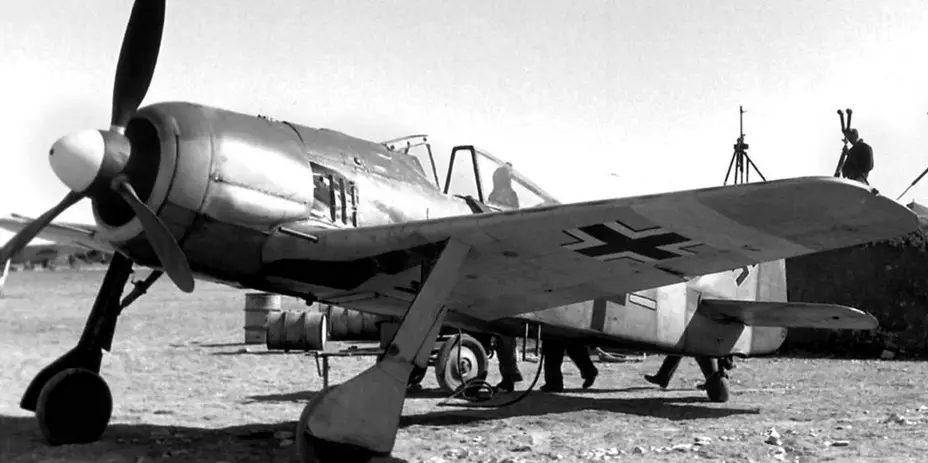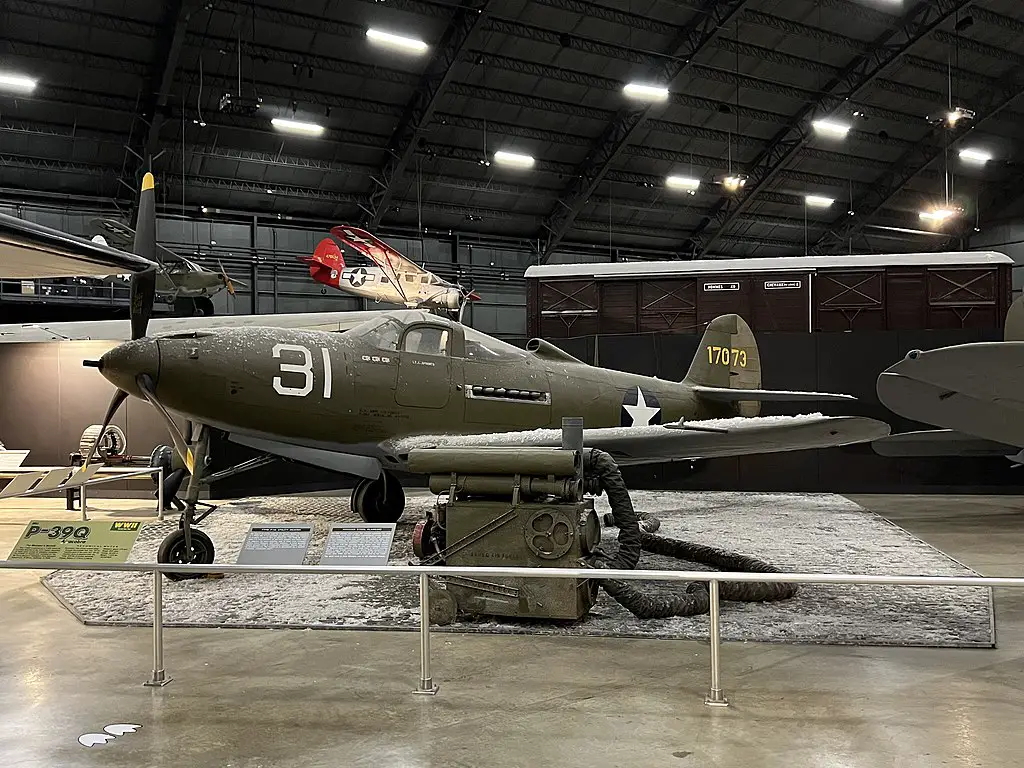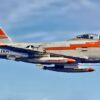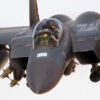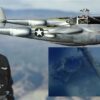The Eastern Front during World War II was a theater of immense scale, harsh conditions, and intense aerial combat. Amidst the expansive sky, while many focus on the famed Erich Hartmann, another pilot rose to prominence with an astonishing number of victories: Gerhard “Gerd” Barkhorn. While facing largely less experienced Soviet pilots, the numbers achieved by these German aces are nonetheless staggering. Navigating hundreds of dogfights and emerging victorious is no small feat, regardless of the adversary’s skill.
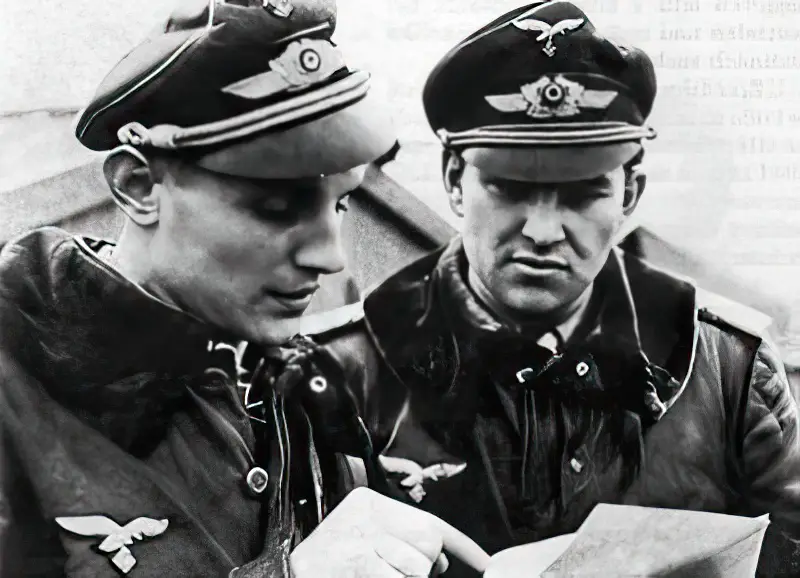
A Humble Beginning
Born on 20th March 1919 in Königsberg, Gerhard Barkhorn’s early life was much like any other young German’s. Yet, there was a spark in him, a passion for the skies. He joined the Luftwaffe in 1937, eager to fulfill his dreams. Completing his training, Barkhorn earned his wings, symbolizing his initiation into the elite circle of pilots. Little did the world know, he was about to etch his name in history.
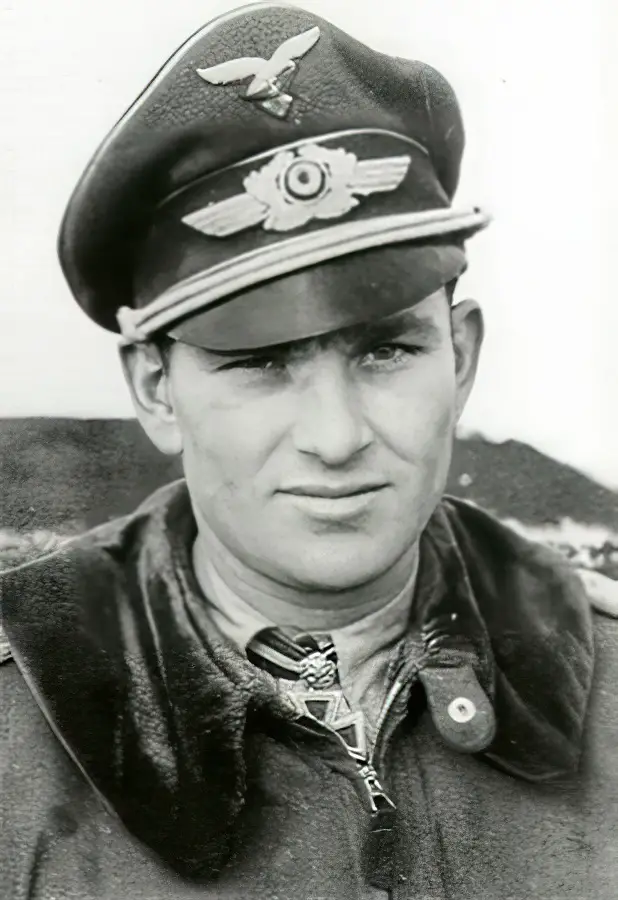
Bf 109 & Fw 190
Two aircraft became synonymous with Barkhorn’s career: the Messerschmitt Bf 109 and the Focke-Wulf Fw 190. The Bf 109, with its sleek design and powerful engine, was a formidable opponent in the skies. Barkhorn’s intimacy with this machine allowed him to push its limits. Later in the war, he transitioned to the Fw 190. Its agility and firepower made it a favorite among many Luftwaffe pilots. For Barkhorn, these machines weren’t just tools; they were extensions of himself.
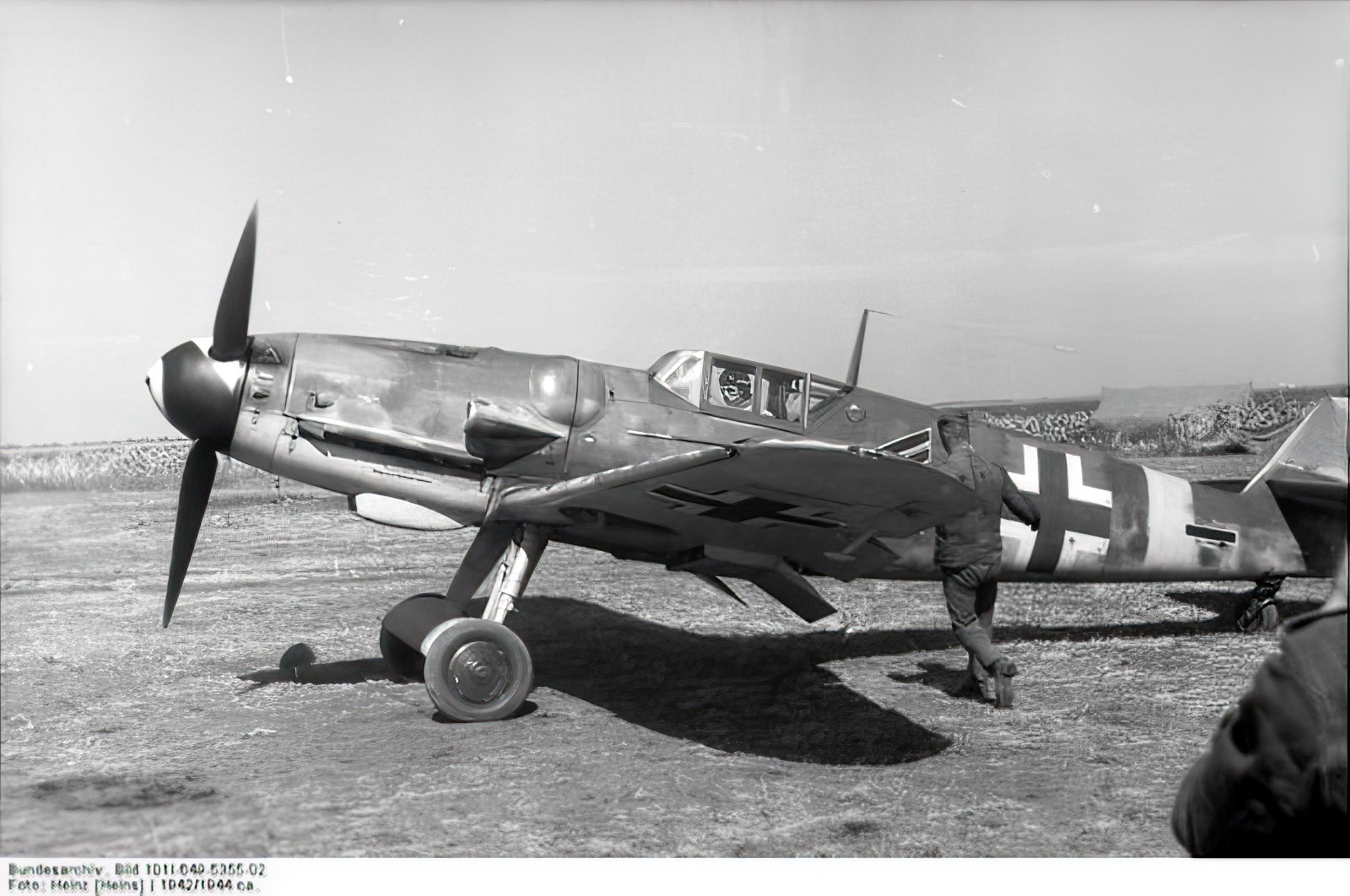
First Blood
The first kill is often the most memorable for any fighter pilot. It’s the moment when training meets reality, when theory becomes practice. On 2nd November 1941, Barkhorn tasted his first aerial victory. The details might blur with time, but the sensation, the mixture of adrenaline and relief, became a pivotal moment in his career. It marked not just the beginning of his tally but also his evolution from a pilot to an ace.
Best Man For Erich Hartmann
One of the standout moments in Barkhorn’s esteemed career was the day he received one of the highest military decorations awarded to German soldiers during World War II. On 2 March 1944, he was awarded the Knight’s Cross of the Iron Cross with Oak Leaves and Swords. Such accolades weren’t just medals to be worn; they were acknowledgements of valor, courage, and exceptional skill.
But amidst all the military ceremonies and honors, another significant event underscored the bonds forged in battle. Erich Hartmann, the highest-scoring fighter ace in the annals of aerial warfare, chose Barkhorn to be his best man at his wedding. This highlighted their shared respect and camaraderie, transcending mere professional ties. They were brothers of the skies.
Following this, on 1 May 1944, Barkhorn’s consistent valor was further recognized with a promotion to Major. It was a fitting progression for someone of his stature and achievement.
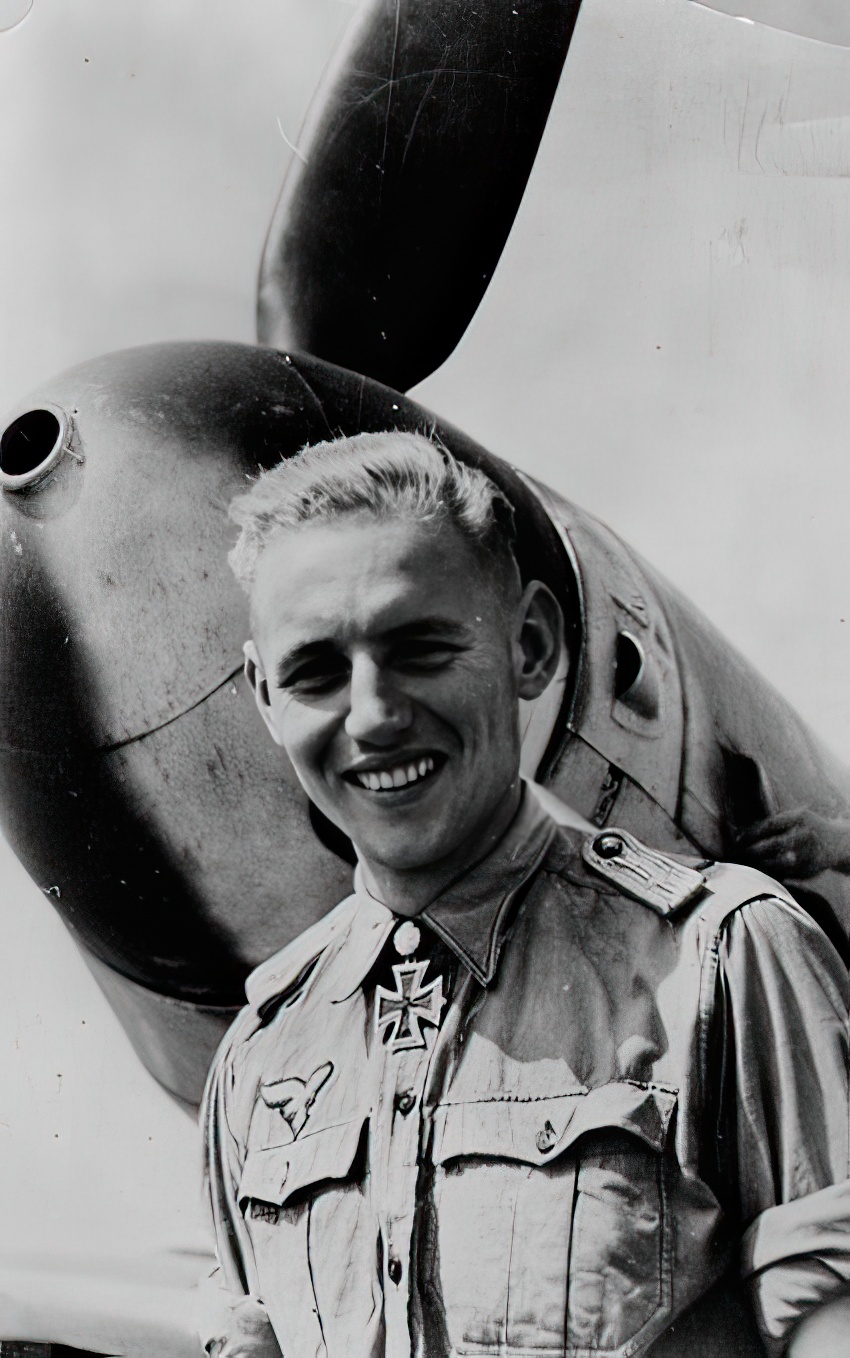
Barkhorn’s Fall and Hartmann’s Surge
One of the undeniable truths about warfare is that numbers alone don’t tell the complete story. Gerhard Barkhorn’s aerial exploits are a testament to this.
On 31 May 1944, after having achieved a remarkable 274 victories, fatigue became Barkhorn’s most challenging adversary. Engaged in his sixth mission that day, exhaustion clouded his judgment, making him an easier prey for a lurking Russian Airacobra fighter. The subsequent ambush led to his plane, Bf 109 G-6 “Black 5”, being shot down. The injuries sustained during this event weren’t just physical—Barkhorn’s right arm and leg bore the brunt of the assault, landing him in a hospital for four strenuous months.
During this enforced hiatus, Hartmann surpassed Barkhorn’s formidable tally. However, it’s worth speculating: had Barkhorn not faced this debilitating setback, would Hartmann’s score have ever overtaken his?
When Barkhorn finally rejoined his comrades, the physical scars might have been healing, but the psychological wounds ran deep. As he took his position in the cockpit, the familiar surroundings suddenly felt hostile. A friend flying behind him instilled the same fear as an enemy would. The immense pressure, coupled with the trauma of his near-death experience, led to a crippling anxiety. But as history showed, Barkhorn wasn’t one to be easily grounded by adversity. With resilience, he overcame his anxieties over the following weeks.

The Final Victory
As with all things, Barkhorn’s illustrious combat record had to come to an end. His last victory, recorded on 5th January 1945, was as intense as any he’d encountered before. By this point, Barkhorn had faced seasoned pilots and rookies, facing challenges in each dogfight. When the smoke cleared, his total stood at an astonishing 301 kills.

